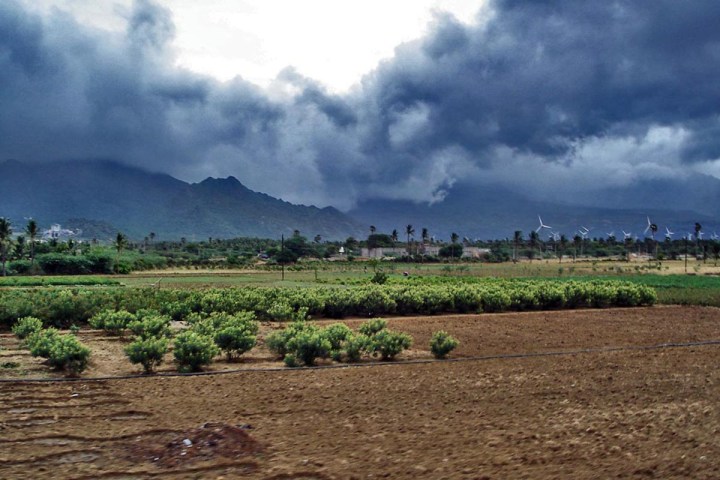
For nearly a century, India has turned to an old statistical method to forecast and prepare for these seasonal downpours. This method is better than nothing but hardly perfect – offering only an overall, country-wide forecast and forecasts for five regions. For a country as large as India, these scattered predictions aren’t exactly descriptive.
In an effort to work better with the weather, India will abandon the statistical method and instead adopt a $60 million supercomputer with 3D modeling to help predict next year’s monsoons, reports Reuters.
The dynamic, 3D modeling technique is far more high-tech than the statistical method, which sees Indian meteorologists collect data on things like sea-surface temperatures, wind direction, and wind speed before comparing this information to historical records of rainfall.
The task is tedious but tends to be reliable. Last year, despite forecasts of rainfall by India’s only private forecaster, the India Meteoritical Department (IMD) correctly predicted a drought for the second year in a row using the statistical method. Still, the method’s faults were made apparent when the IMD failed to forecast 2009’s record-breaking drought.
On the other hand, the 3D modeling technique is quick and reliable, but demands immense computing power. Meteorologist M. Rajeevan, who heads the country’s weather office, told Reuters that the new supercomputer will work ten times faster than the one used in recent years. With this speed and efficiency, India hopes to better predict the weather patterns that provide its farmers with most of their rainfall while helping those in rural regions prepare for drought.
Editors' Recommendations
- The coronavirus is making our lives less predictable. Even the weather
- Your smartphone could be the key to predicting natural disasters


